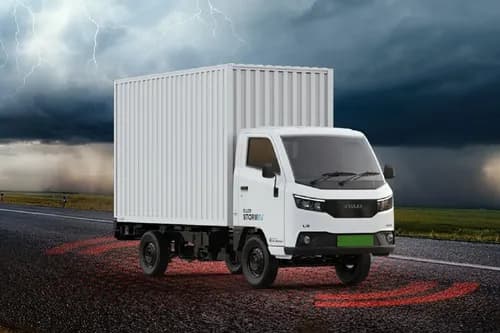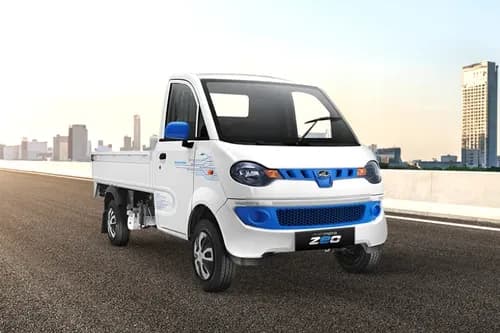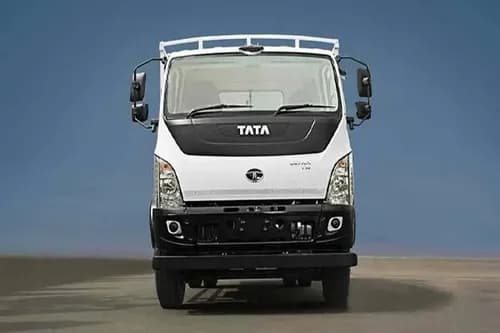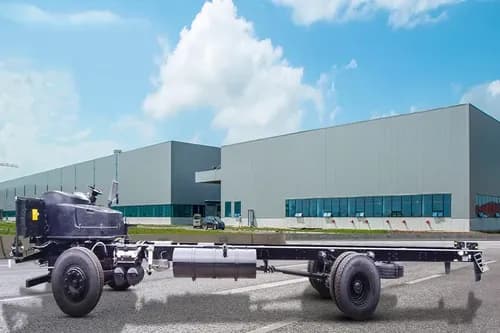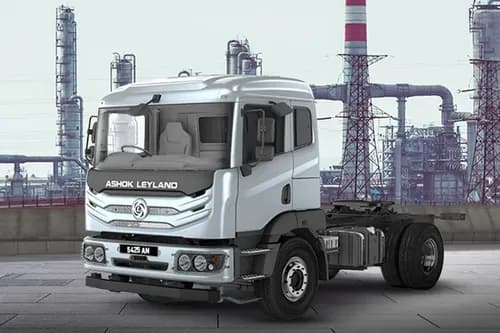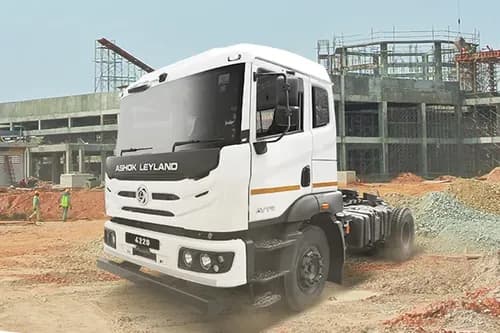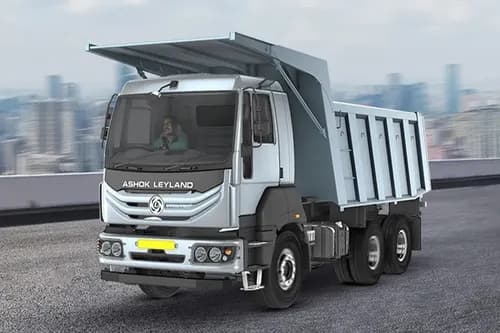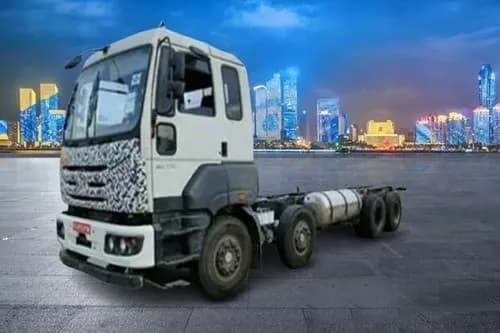Ad
Ad
Ad
The Secrets of Successful Wheat Farming in India’s Cold Months
Wheat farming in India involves cultivating wheat for global consumption. The process begins with selecting suitable wheat varieties, considering factors like climate, soil and disease resistance. Farmers plant wheat seeds during specific seasons, ensuring proper irrigation and fertilization to support growth.

Wheat is a staple food crop in India. Wheat is primarily grown in the rabi season (winter) in Haryana. Farmers typically plant wheat from late November through the end of January, and the harvest takes place in April. During this period, the weather transitions from the coldest months of December and January to relatively warmer temperatures in March and April, aligning with the later growth stages of the crop until maturity.
Major wheat-producing states in India, including Haryana, participate in this winter wheat cultivation cycle. Wheat farming involves cultivating wheat for global consumption. The process begins with selecting suitable wheat varieties, considering factors like climate, soil and disease resistance.
Farmers plant wheat seeds during specific seasons, ensuring proper irrigation and fertilization to support growth. Proper monitoring is essential to identify and address sudden issues such as pests and diseases.
Harvesting occurs when the wheat reaches maturity, typically in late spring or early summer. After harvesting, farmers manage residue and prepare the land for the next crop. Wheat farming is a critical part of global agriculture, contributing significantly to food security and livelihoods worldwide.
As winter comes in India, wheat farmers face unique challenges in nurturing their crops. In the northern regions of India, where winter temperatures can drop significantly, farmers have adopted a mixed approach to enhance wheat cultivation. Key strategies include the careful selection of wheat varieties, the precise timing of planting, and the integration of modern agricultural technologies.
The winter wheat season demands careful attention to crop and strategic planning to ensure a good harvest. In this article, we have discussed essential tips and care practices that can help farmers maximize yields and overcome the consequences of the winter season.
Also Read: Wheat Farming: Process and Best Tractors for Wheat Farming
Choose the right wheat variety
Choosing the right wheat variety is the first crucial step in winter wheat farming. Opt for cold-tolerant and disease-resistant varieties that are well-suited for the specific climatic conditions of your region. Research and consult with agricultural experts to identify the most suitable varieties for winter cultivation.
Optimal Planting Time
Timing is of the essence in winter wheat farming. Planting should ideally take place during the fall season to allow the crop to establish a robust root system before the onset of harsh winter conditions. Aim for a planting period that allows the wheat to germinate and grow sufficiently before the winter arrives.
Seed Treatment
Treat wheat seeds with fungicides and insecticides before planting to protect the crop from common winter threats. This preventive measure can significantly reduce the risk of diseases and pest infestations, ensuring a healthier crop throughout the winter months.
Fertilization Strategy
Customize your fertilization strategy to the specific needs of winter wheat. Adequate levels of nitrogen are essential for promoting strong tillering and maximizing yield potential. Consider split applications of fertilizer to provide the crop with a steady supply of nutrients during its various growth stages.
Proper Irrigation
While it may seem unreasonable during the colder months, proper irrigation is essential for winter wheat. Adequate soil moisture is crucial for germination and early growth. However, be cautious not to overwater, as excess moisture can lead to disease issues. Monitor soil moisture levels regularly and adjust irrigation practices accordingly.
Weed Control
Weeds can be particularly problematic in winter wheat fields. Early and effective weed control is essential to prevent competition for nutrients and reduce the risk of diseases. Consider using pre-emergence herbicides and implement proper crop rotation practices to manage weed pressure.
Monitoring and Pest Management
Regular monitoring of the crop is key to identifying potential pest issues. Keep an eye out for aphids, Hessian flies, and other common winter wheat pests. Implement integrated pest management strategies, which may include the use of beneficial insects, to minimize the impact of pests on your crop.
Protecting Against Frost
Frost poses a significant threat to winter wheat, especially during vulnerable growth stages. Stay informed about local weather conditions and be prepared to implement protective measures such as frost blankets or, in extreme cases, irrigation to create a protective ice layer on the crop.
Post-Harvest Residue Management
After harvesting, manage crop residues effectively to minimize the risk of diseases and provide a clean slate for the next planting season. Consider practices such as residue incorporation or crop rotation to break disease cycles and enhance overall soil health.
Varieties of Wheat grown in India
Pusa Yashasvi (HD3226)
- Region: Cultivated in Haryana, Punjab, Madhya Pradesh, Chhattisgarh, Gujarat, Delhi, Uttar Pradesh, and Jammu.
- Characteristics: A relatively recent addition to wheat varieties, Pusa Yashasvi stands out for its resistance to various rots and pests. Sown in November, this variety exhibits reliable performance and contributes to average production.
Sharbati Gehu
- Region: Mainly cultivated in the Sehore and Vidisha regions of Madhya Pradesh.
- Characteristics: Known for its golden grains and sweet taste, Sharbati Gehu is highly favoured for making chapatis. While also grown in Punjab, the quality of the grain from Madhya Pradesh's fertile, alluvial soils is best.
Chandosi Gehu (HI 1418)
- Region: Grows in almost all states across India.
- Characteristics: This versatile variety is suitable for chapati making and is known for its quick-ripening nature. Chandosi Gehu exhibits tolerance to various pests, making it a first choice of farmers in diverse agro-climatic zones.
Pusa Tejas (HI 8759)
- Region: It is cultivated in Haryana, Punjab, Madhya Pradesh, Chhattisgarh, and Tamil Nadu.
- Characteristics: Pusa Tejas stands out as a high-yielding variety with remarkable resistance to rust, a common wheat disease. The flour derived from this wheat is not only popular for traditional Indian dishes but is also widely used in the food processing industry.
Pusa Malawi (HD4728)
- Region: Flourish in central Indian states like Gujarat, Chhattisgarh, and Madhya Pradesh.
- Characteristics: Pusa Malawi is a semi-dwarf variety with a robust tillering capacity. The grains from this variety are well-suited for the central Indian climate.
Also Read: Green Peas Farming: A Comprehensive Guide
Conclusion
Winter wheat farming requires a lot of experience, knowledge, and adaptability. By implementing these tips and care practices, farmers can navigate the challenges of the cold season and nurture a successful winter wheat crop.
Features & Articles
Top 5 Tata Ultra Trucks in India 2025: Price, Features And Specifications Explained
The Tata Ultra range offers modern and stylish trucks. In this article, we have listed the Top 5 Tata Ultra Trucks in India 2025 with their price, specifications and feat...
17-Feb-25 06:24 AM
Read Full NewsBest Three-Wheelers Showcased At Auto Expo 2025
If you are interested in buying three-wheelers or want to learn more about the latest features and technologies in three-wheelers, this article is for you. ...
14-Feb-25 12:36 PM
Read Full NewsDiscover Why Electric Rickshaws Are Smart Investments in India
Electric three-wheelers have become a smart choice for many businesses due to several reasons. Here’s Why Electric Rickshaws Are Smart Investments in India...
12-Feb-25 01:18 PM
Read Full NewsExcavators in India: Types, Best Models and Their Uses in Construction Sites
Explore excavator types in India, their features uses, and prices. Find the best machine for construction, mining, and infrastructure projects....
11-Feb-25 11:41 AM
Read Full NewsFASTag New Rules: Everything You Need to Know
According to the plan, the cost for a monthly pass will be Rs 3000. Additionally, commuters can opt for a lifetime pass for Rs 30,000....
11-Feb-25 09:43 AM
Read Full NewsSWITCH Mobility IeV8: The Smart Electric Commercial Vehicle
The IeV8 offers two battery options: 70 kWh and 140 kWh, which allow it to cover distances of up to 250 kilometers. ...
06-Feb-25 01:28 PM
Read Full NewsAd
Ad
Registered Office Address
Delente Technologies Pvt. Ltd.
M3M Cosmopolitan, 12th Cosmopolitan,
Golf Course Ext Rd, Sector 66, Gurugram, Haryana
pincode - 122002
Join CMV360
Receive pricing updates, buying tips & more!
Follow Us
COMMERCIAL VEHICLE BUYING BECOMES EASY AT CMV360
CMV360 - is a leading commercial vehicle marketplace. We helps consumers to Buy, Finance, Insure and Service their commercial vehicles.
We bring great transparency on pricing, information and comparison of tractors, trucks, buses and three wheelers.













